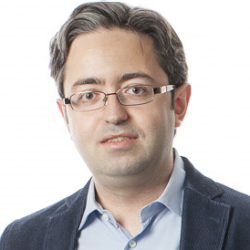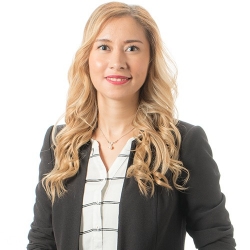Sometimes less is more, even in the field of artificial intelligence and machine learning. Mansooreh Montazerin, recent master's student graduate under the supervision of Arash Mohammadi and Farnoosh Naderkhani at the Gina Cody School of Engineering and Computer Science, used a leaner machine learning approach to improve hand gesture recognition used in prosthetics, exoskeletons and mixed reality.
With colleagues from New York University (NYU) and University of Calgary, they relied on Vision Transformer architecture which uses an attention mechanism to identify patterns in data. It makes it suitable for analyzing muscle movements in the human arm using electrodes placed on the skin.
Using this architecture, they created a framework that demonstrated good accuracy even with a smaller number of learnable parameters (65k) compared to traditional deep learning models which can reach millions of parameters.
 Photo credit: David Ward
Photo credit: David Ward
 Photo credit: David Ward
Photo credit: David Ward